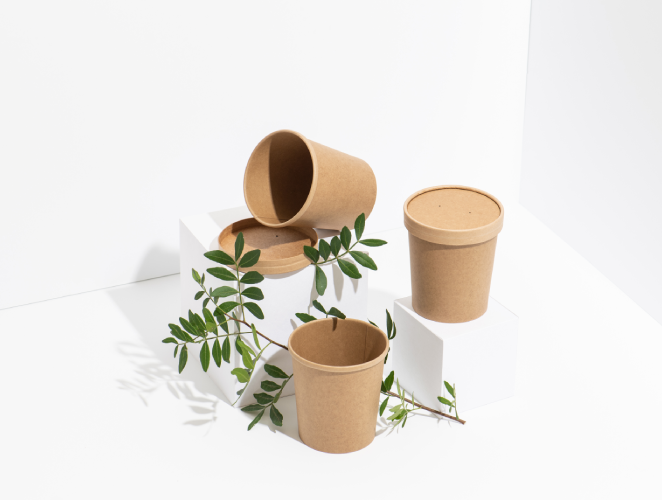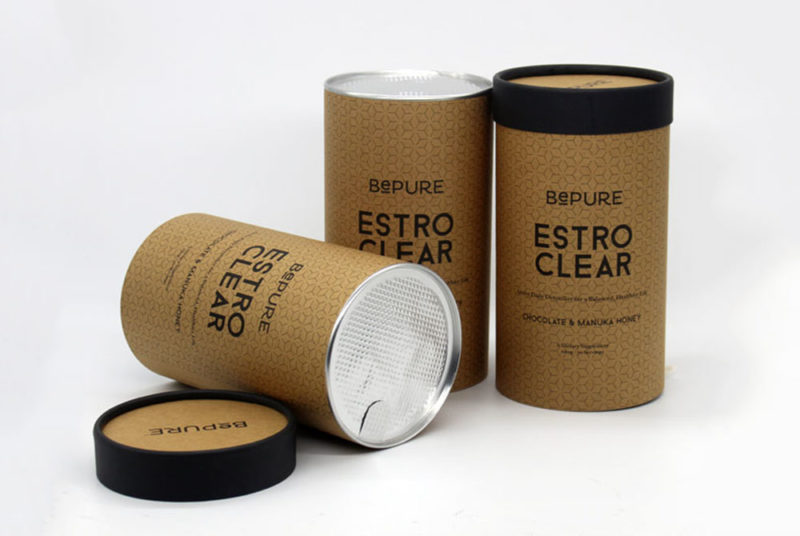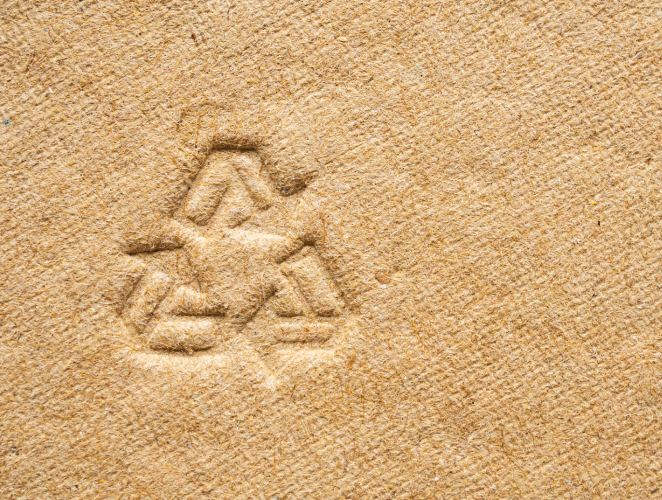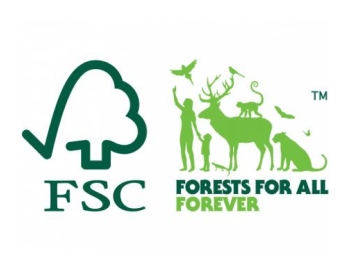Primary Paper Packaging
Sustainable Solutions for a Greener Future
Advantages of Primary Paper Packaging
- Sustainability:
Paper packaging is made from renewable resources and is widely recyclable, making it one of the most environmentally friendly packaging solutions available. Our paper materials are sourced from responsibly managed forests and certified by leading sustainability organizations.
- Customizable and Versatile:
We offer a range of customizable options for brands, including flexible paper, corrugated boxes, and rigid paperboard. Whether you’re looking for eco-friendly alternatives for your product’s primary packaging or outer packaging, our team can help create solutions tailored to your specifications.
- Barrier Protection Options:
Our advanced coatings for paper packaging provide barrier protection against moisture, grease, and oxygen, ensuring that your product remains safe and fresh. These coatings can be customized to suit the requirements of food, personal care, cosmetics, and pharmaceutical products.
- Lightweight and Cost-Effective:
Paper packaging is lightweight, reducing shipping costs and the carbon footprint associated with transportation. It also provides a cost-effective solution for brands looking to reduce packaging expenses without compromising on quality or functionality.


Applications of Primary Paper Packaging
NuGen Packaging offers primary paper packaging solutions for various industries, including:
- Food and Beverage: Sustainable packaging for dry foods, snacks, and beverages.
- Personal Care: Eco-friendly packaging for beauty and personal care products.
- Cosmetics: Elegant and sustainable packaging for cosmetics, including skincare, makeup, and hair care products.
- Pharmaceuticals: Safe and sustainable paper packaging for medications and supplements.
• Household Products: Durable and customizable packaging for household goods.
Innovation and Customization in Paper Packaging

Responsibly Sourced Paper and Identifying the Right Type for Your Brand
Types of Responsibly Sourced Paper
- FSC® Certified Paper (Forest Stewardship Council):
FSC-certified paper comes from forests that are managed responsibly to meet the social, economic, and ecological needs of present and future generations. This certification ensures that the wood fibers used in the paper come from well-managed forests, helping to prevent deforestation and promote biodiversity.
- Recycled Paper:
Using recycled paper reduces the demand for virgin paper, minimizing environmental impact. Recycled paper packaging can be made from post-consumer recycled content or a blend of recycled and virgin fibers. It’s an excellent choice for brands looking to decrease their carbon footprint while maintaining strong performance and quality.
- Kraft Paper:
Kraft paper is produced using a chemical pulping process that retains the natural strength of the fibers. It is durable, recyclable, and biodegradable, making it an ideal material for eco-friendly packaging. Kraft paper can also be sourced from FSC-certified forests, ensuring it meets sustainability standards.
- Paperboard:
Paperboard is a versatile and lightweight material commonly used in primary and secondary packaging. It can be made from virgin or recycled fibers and is suitable for a wide range of applications, including cosmetics, pharmaceuticals, and food packaging. Choosing responsibly sourced paperboard ensures that your packaging aligns with your sustainability goals.


How to Identify Responsibly Sourced Paper
When selecting paper packaging, it’s important to look for certifications and indicators that demonstrate the material’s responsible sourcing. Here are some key certifications and identifiers:
- FSC® Logo:
The FSC® logo is a global symbol for sustainable forest management. Paper products bearing this logo have met rigorous environmental and social standards, ensuring they come from responsibly managed forests. FSC certification helps protect forests, wildlife, and indigenous communities.
- Recycled Content Labels:
Packaging made from recycled paper often features a recycled content label, indicating the percentage of post-consumer or pre-consumer recycled materials used. This is crucial for brands aiming to reduce their reliance on virgin materials and improve their environmental footprint.
- SFI® (Sustainable Forestry Initiative):
The SFI® label signifies that the paper has been sourced from forests managed in accordance with sustainable forestry practices. This certification ensures responsible harvesting, biodiversity preservation, and water conservation in the forest ecosystems.
- PEFC (Programme for the Endorsement of Forest Certification):
PEFC certification guarantees that the wood-based materials in paper packaging come from sustainably managed forests. This globally recognized certification emphasizes environmental, social, and ethical standards in forest management.
Why Choose Responsibly Sourced Paper?
Get in touch with our team today to learn more about how we can help you transition to primary paper packaging and drive your brand towards greater sustainability.
Frequently Asked Questions
1. What is primary paper packaging?
Primary paper packaging refers to paper-based packaging used as the first layer of protection around a product. It’s designed to hold, protect, and present the product directly and is commonly used for items such as cosmetics, supplements, personal care products, and dry foods.
2. Why should brands choose paper packaging over plastic or other materials?
Paper packaging is made from renewable resources, is widely recyclable, and biodegradable. It’s a more sustainable option compared to plastic, helping reduce the carbon footprint and align with consumer expectations for eco-conscious products.
3. What types of paper packaging does NuGen Packaging offer?
We offer a wide range of solutions, including:
- Flexible paper packaging
- Rigid paperboard cartons
- Corrugated boxes
- Kraft paper wraps and tubes
Each is customizable to suit the product and branding needs across industries such as personal care, food, pharma, and household goods.
4. Is paper packaging strong enough to protect my product?
Yes. We use high-performance paper materials and advanced coatings that offer barrier protection against moisture, grease, and oxygen. Paperboard and Kraft paper are particularly durable and well-suited for most primary packaging applications.
5. Can paper packaging be used for food and supplements?
Absolutely. Our paper packaging solutions can be made with food-grade linings and barrier coatings that protect products while maintaining sustainability. They’re ideal for dry foods, supplements, and nutraceuticals.
6. What is FSC® certified paper, and why does it matter?
FSC® (Forest Stewardship Council) certified paper is sourced from forests managed responsibly to meet environmental, social, and economic standards. Choosing FSC paper supports biodiversity, prevents deforestation, and promotes ethical sourcing.
7. What’s the difference between recycled paper and virgin paper?
Recycled paper is made from post-consumer or pre-consumer waste, helping reduce the demand for virgin materials and conserve energy. Virgin paper, while stronger, comes directly from trees. We often recommend blends for performance and sustainability.
8. Can I customize my paper packaging design?
Yes. You can, we can work with you to create fully customized paper packaging that includes structural design, printing, embossing, foil stamping, and eco-friendly coatings to enhance your brand’s shelf appeal.
9. What are the barrier coating options available for paper packaging?
We offer customizable barrier coatings that protect against moisture, grease, and oxygen. These coatings can be tailored to the needs of your product, ensuring freshness and extending shelf life without compromising recyclability.
10. How do I know if the paper I’m choosing is responsibly sourced?
Look for certifications such as FSC®, SFI®, or PEFC, and recycled content labels. These indicate that the materials come from sustainably managed forests or have been recycled, reflecting a commitment to ethical and eco-conscious sourcing.
11. Which industries benefit most from primary paper packaging?
Paper packaging is suitable for a wide range of industries including:
- Food & Beverage
- Nutraceuticals & Pharmaceuticals
- Personal Care & Cosmetics
- Home & Household Goods
Its versatility and eco-friendliness make it a popular choice for brands seeking sustainable alternatives.
12. What are the environmental benefits of using paper packaging?
Paper packaging is renewable, recyclable, and biodegradable. It lowers greenhouse gas emissions, reduces landfill waste, and decreases reliance on fossil-fuel-based materials. When sourced responsibly, it also helps preserve forest ecosystems.
13. Does paper packaging help with reducing shipping costs?
Yes. Paper packaging is lightweight, which can reduce overall shipping weight and costs. It also helps lower transportation-related carbon emissions.
14. What is Kraft paper, and when is it used?
Kraft paper is a strong, biodegradable material produced through a chemical pulping process. It’s ideal for eco-friendly wraps, pouches, and cartons that require durability and a natural aesthetic.
15. How can NuGen Packaging help my brand transition to paper-based solutions?
Our team offers end-to-end support, from selecting the right material and coatings to design, prototyping, and production. We focus on creating packaging that aligns with your sustainability goals, brand aesthetics, and performance needs.
